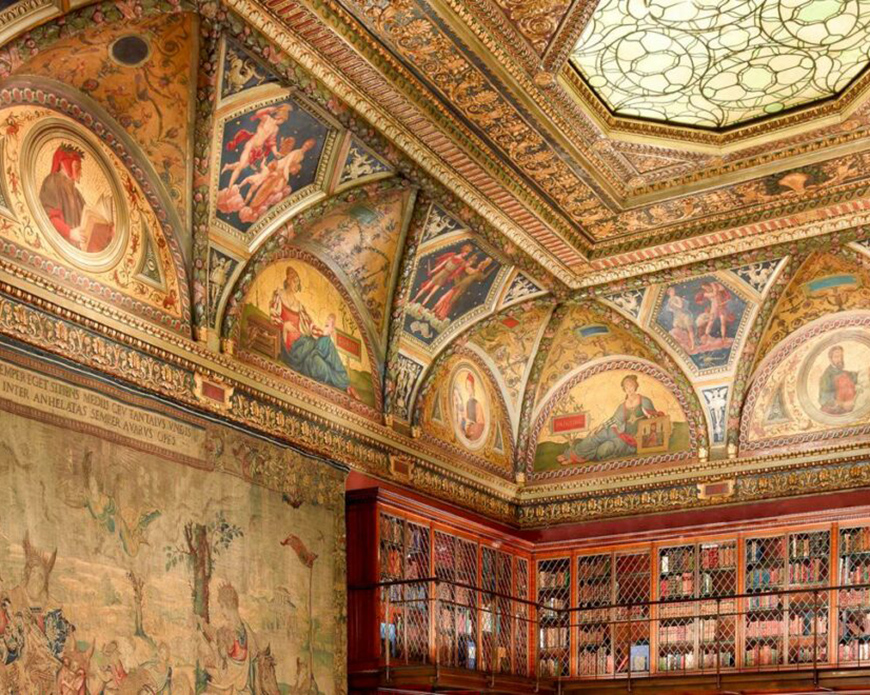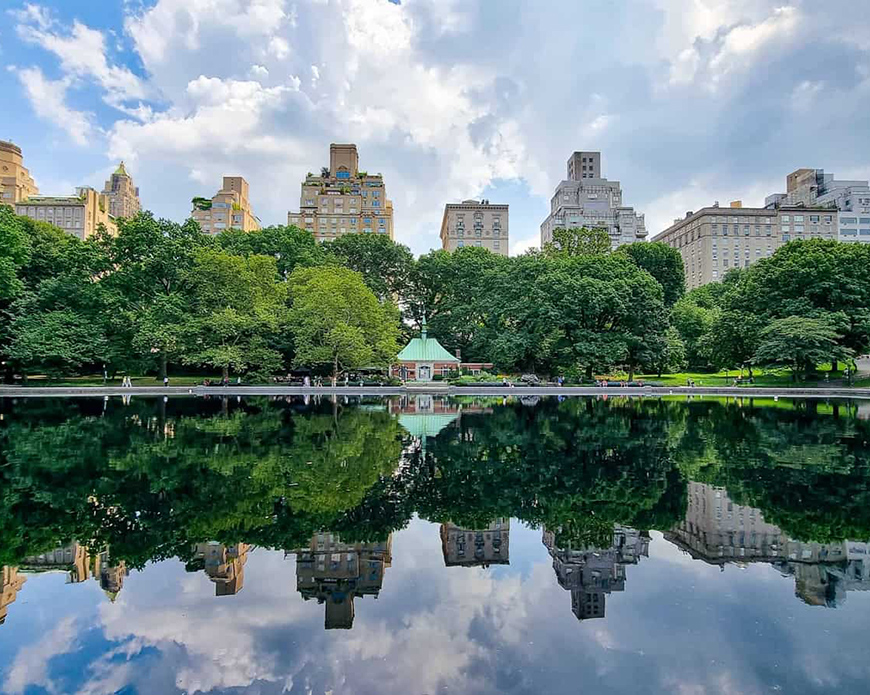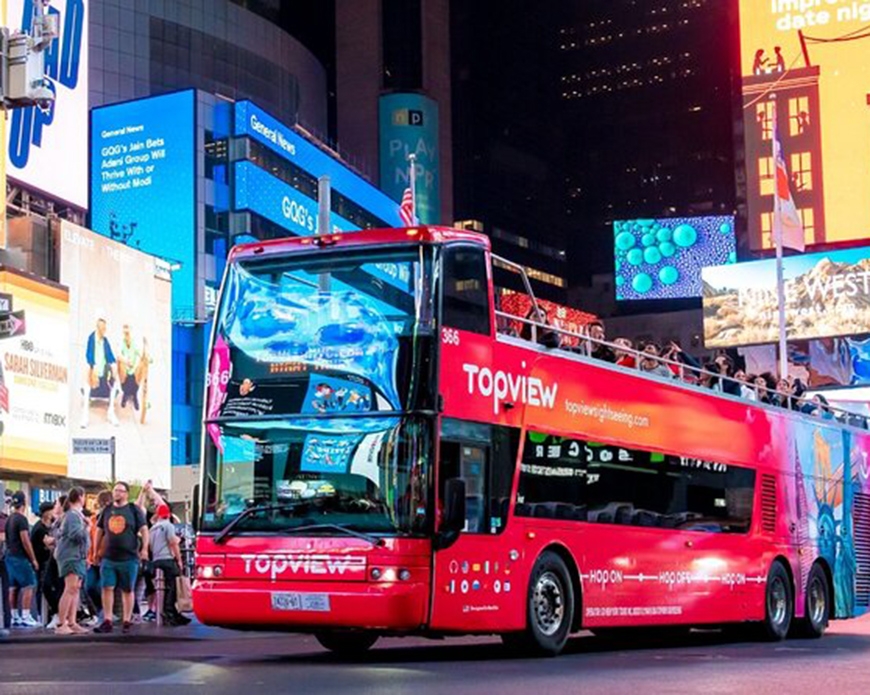1. The Morgan Library & Museum (Literary treasures meet art in a Gilded Age palace)
The first place I visited—electric with anticipation—was The Morgan Library & Museum, located at 225 Madison Avenue at East 36th Street, in Manhattan’s Murray Hill (Wikipedia). I pre‑booked my general admission ticket for $25 USD, via their official website (they offer a 10% discount if you join the newsletter). It was a Friday, so I got in at 6 pm during extended hours (they’re open until 8 pm on Fridays) (The Morgan Library & Museum).
My Personal Loves (three works)
- John Milton’s original manuscript of Paradise Lost – to see Milton’s own handwriting and corrections felt like touching literary lightning. The parchment, yellowed at the edges, still crackled with energy.
- Charles Dickens’s original corrected proofs of A Christmas Carol – his tight script, crossed‑out lines, margin notes—it’s as if Dickens whispers through the ink.
- The Bob Dylan “Blowin’ in the Wind” manuscript fragment – yes, Dylan! That audio note and lyric draft hidden among illuminated manuscripts—it made my heart thunder.
I swooned over each as though meeting old friends.
Recommended Highlights (three other works)
- Three Gutenberg Bibles, showcased elegantly in glass cases—seeing the two‑page layout and ornate illuminations was almost surreal.
- Jane Austen letter to her sister Cassandra – a tiny fragile folded note, full of wit and domestic irony.
- Edward Hopper architectural sketches, showing the junction of literature and art as documents of New York itself—nestled in their archives.
Services, pros & cons
Morgan offers free coat check, lockers, a small café, and a gift shop stocked with rare books and reproductions. There’s an audio guide included with ticket. The staff was polite and helpful—especially the docent who pointed me to a hidden mezzanine panel of drawings.
A downside: seating is limited, and the building’s layout is labyrinthine—lots of stairs and small corridors, not ideal if you tire easily.
Getting There & Route
I took the 4/5/6 subway to Grand Central–42nd Street, then walked two blocks north. Perfectly central. It’s also accessible via bus lines M101/M102/M103 on Madison.
Personal Feelings
Walking through its vaulted wood‑panelled rooms and absorbing centuries‑old manuscripts made me dizzy with delight. I lost track of time, literally. The interplay of historical gravity and literary awe made me feel I’d stumbled into a dream.
2. The Frick Collection (where literary imagination meets classical art)
After that feast, I strolled up to The Frick Collection, at 1 East 70th Street, Upper East Side (Country and Town House, Young Adventuress, Wikipedia, Wikipedia, Wikipedia). After its grand reopening on April 17, 2025 following a $220 million renovation, it felt contemporary yet intimate (Condé Nast Traveler). Cost: $45 USD adult ticket (students $32, seniors $38), booked online with a 10% advance purchase discount.
My Three Favorites
- Rembrandt’s Self‑Portrait with Two Circles – hypnotic, deeply interior, the gaze from centuries past burned into my retina.
- Vermeer’s Mistress and Maid – delicate psychological drama frozen in golden light, each brushstroke whispering story.
- Gainsborough’s Mrs. Siddons as the Tragic Muse – theatrical, impassioned, literary in its sense of dramatic pose.
Recommended Works
- Titian’s Portrait of a Man – mysterious intensity; you feel the personality behind the paint.
- Bellini’s St. Francis in the Desert – symbolism and serene narrative combine; it felt like reading a medieval poem in paint.
- Fragonard’s Young Girl Reading – tender domestic scene, literarily emotive.
Services, pros & cons
The Frick offers audio tours, a small café, coat check and beautiful garden courtyard (weather‑permitting). The newly designed galleries include improved wheelchair access and lighting. A minor critique: it can feel quiet and hushed—almost too reserved—some visitors may find the pace slower than anticipated.
Getting There
I took subway 4/5/6 to 68th Street–Hunter College, then walked west two blocks. A pleasant walk along East 70th Street past elegant townhouses made it a joy.
Personal Impressions
There’s an understated thrill to sitting in what once was Henry Clay Frick’s palace, surrounded by masterpieces. The hush, the light, the way a painting seems to breathe—it felt as though each canvas whispered literary stories in pigment.
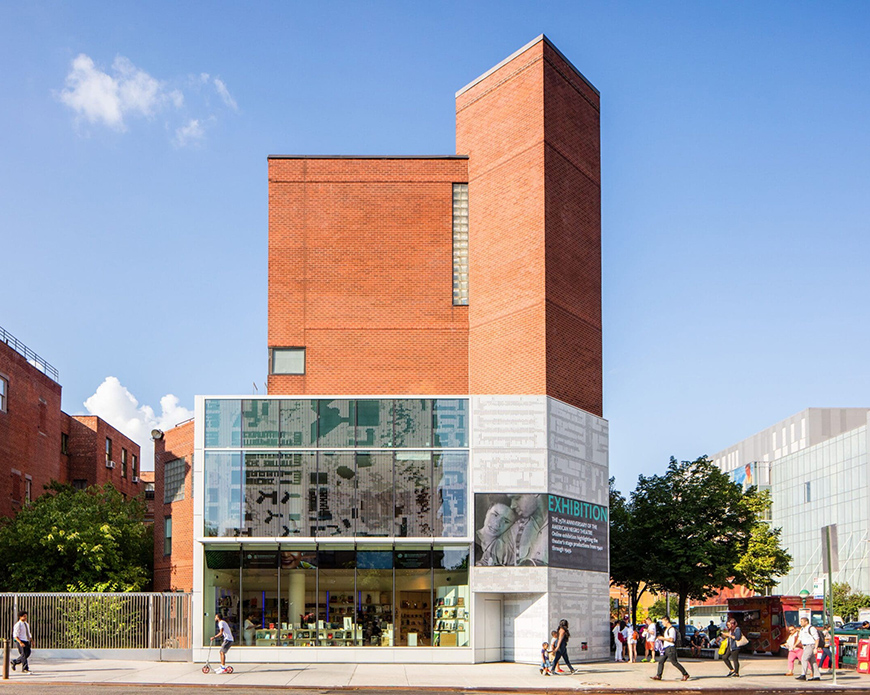
3. Schomburg Center for Research in Black Culture (Harlem’s literary treasure trove)
Next up: Harlem’s Schomburg Center, at 515 Malcolm X Boulevard, 135th Street, part of NYPL system (Tripadvisor, Wikipedia, AP News). Admission is free; I booked a guided tour ticket (suggested donation $5). It was the center’s centennial year, and I joined during the annual literary festival in June—packed with readings, exhibits, and pop‑up performances (AP News).
My Favorite Highlights (three artifacts/exhibits)
- Register signing book (1925‑1940) bearing signatures of Langston Hughes, Zora Neale Hurston among others—a spine‑tingling connection to history.
- Fab 5 Freddy early hip‑hop literary archive—lyrics, flyers, recordings; felt like poetry in motion.
- Ossie Davis’s annotated script of Purlie Victorious—pages shaped by performance and community.
Recommended Items to Seek
- Zora Neale Hurston typed manuscripts, rare and revealing about the Harlem Renaissance.
- Claude McKay poetry drafts, showing revisions and hesitations—creative labor laid bare.
- Black Comic Book Festival visuals, merging literary, graphic art, and activism.
Services, pros & cons
Schomburg has free entry, a research reading room (appointment required for deep archives), public exhibitions, a café, and rotating community programs. Pros: immersive, textual, historic. Cons: archives can feel overwhelming; some areas under quiet restoration.
Getting There
I took the A/B/C trains to 135th Street–Lenox, or the 2/3 to 135th Street, then it’s a short walk on Malcolm X Boulevard. Harlem’s vibrancy made the walk a pleasure.
Personal Notes
I felt electrified being there—it wasn’t just museum, it was living culture. The archive rooms pulsed with memory and artistry. At times I nearly wept seeing Hughes’s signature penned decades ago. Harlem’s heartbeat echoed in every corner.
4. Poets House (poetry library as art space in Tribeca)
My fourth stop was Poets House, at 10 River Terrace, Tribeca—a serene poetry library with over 80,000 volumes, free admission (AP News, Young Adventuress, Wikipedia). It reopened in January 2024 after recovery from flooding. I reserved online a seat at an evening poetry reading (free but RSVP required).
Works/Installations I Loved
- A rare first‑edition Walt Whitman book, open on display—seeing Leaves of Grass in early typeface spoke to me like a heartbeat.
- Audio station of Sylvia Plath reading, chills coursed when her own voice lifted words from my chest.
- E. E. Cummings handwritten poem manuscripts, wildly formatted on ragged paper—pure visual poem.
Recommended Attractives
- William Carlos Williams original correspondence, letters shared with monotype printers.
- Chapel-type installations of listening booths, reading poetry to visitors.
- Modern chapbook art displays, blending visual and textual art.
Services, pros & cons
Poets House has a cozy reading room, lounge, café corner, public programs, recital space. Everything is free—just bring curiosity. Downsides: small footprint, narrow stairs, limited seating on busy event nights.
Getting There
I took R/W subway to Whitehall Street, then walked up river walkway to Tribeca via Hudson River Park—quiet, scenic, literary in ambience.
My Experience
I sat reading a slender chapbook by a modern poet, helped myself to coffee, then attended a reading where a small group recited their work under golden dusk light. I felt suspended in a world of words. It’s a hidden gem for lovers of poetry and design.
5. Bonus: Edgar Allan Poe Cottage (not a museum museum, but a stirring literary shrine)
Though not strictly an art museum, the Edgar Allan Poe Cottage in the Bronx (Fordham neighborhood) deserves inclusion for literary pilgrims (Wikipedia, ft.com). Admission is $4 USD, tours run daily 10 am–4 pm (closed Mondays), guided tours cost $6. I visited in the late afternoon, just as golden light filled Poe Park.
What moved me
- Poe’s reproduction writing desk, the tiny humble three‑room cottage where he penned Annabel Lee and The Bells.
- Audio tour, narrated with excerpts played in each room, hauntingly atmospheric.
- Visitor centre exhibits with original pamphlets, reproduction first editions, and life‑sized Poe silhouette.
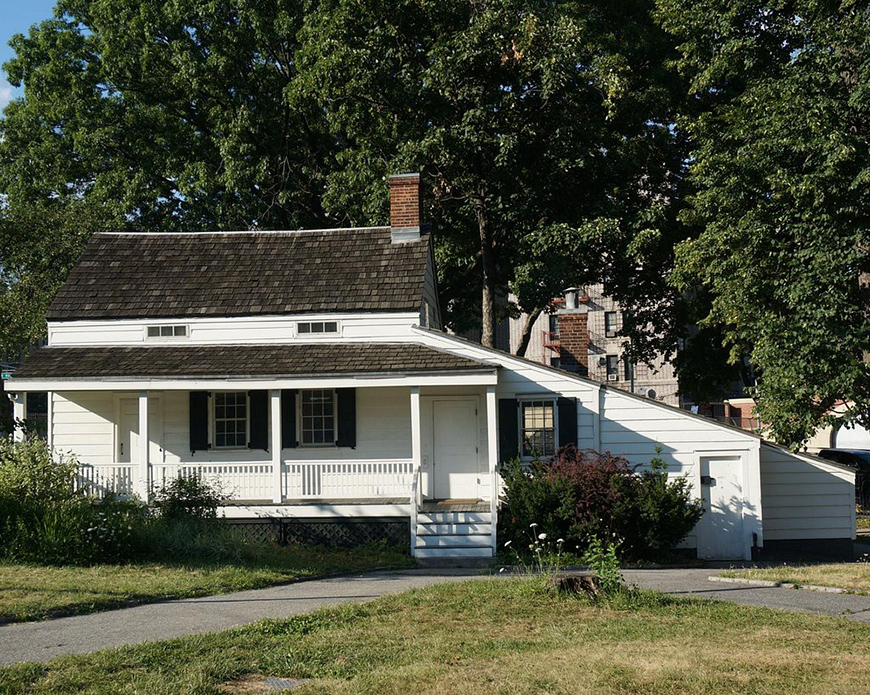
Recommendation
It’s modest but full of ambiance. If you love Poe’s Gothic gloom or detective origins, you’ll thrill at the simplicity of his last home.
Getting There
I took the D train to Bedford Park Blvd, then walked or bus to Fordham Road, then it’s a short walk to the small park. The neighborhood adds grit and authenticity to the experience.
Personal Reaction
Standing in his tiny rooms, smelling wood and seeing the little porch, I felt a frisson—an electric brush with genius struggling in quiet obscurity. It was unexpectedly moving.
Tips & Practicalities for This Literary Route
- Hours & Tickets:
- Morgan Library: Tue‑Thu, Sat‑Sun 10:30 am–5 pm; Fri until 8 pm. $25 general admission, book online for small discount (iloveny.com, The Morgan Library & Museum).
- Frick Collection: ticket $45, some free Fridays; pre‑book recommended.
- Schomburg Center: free; donation welcome; archives need appointment.
- Poets House: free entry; reserve seats for readings via their site.
- Poe Cottage: $4–6 entry; daily 10–4, guided tours offered.
- Booking Platforms: Morgan/Frick/Poets House have online reservations. Schomburg uses NYPL system; Poe Cottage via NYC parks site.
- Discounts: students/seniors, newsletter signup, advanced booking. Morgan occasionally offers twilight pricing.
- Transportation Strategy: Use a MetroCard. Route between Manhattan and Bronx literary spots can take a half‑day—plan accordingly. Wear comfortable shoes.
- Time tips: The Morgan feels best in late afternoon; Frick is quieter in morning; Schomburg is vibrant when events run in summer; Poets House reading nights usually Tuesday or Thursday evenings; Poe Cottage is best in golden hour light.
Why Art Lovers Should Visit These
Each of these five places intersects literature and visual art in unique ways: the Morgan’s illuminated manuscripts and literary sketches, the Frick’s painting narratives that evoke literary imagination, the Schomburg’s textual archives of cultural authors, Poets House’s poetic installations bridging word and design, and Poe Cottage’s atmospheric tribute to one of America’s literary giants.
As I explored them, I felt exhilarated—as if walking through pages of books come to life. I traced centuries of literary history in manuscripts, letters, original art, and silent rooms humming with creative echoes. My heart pounded at each discovery.
